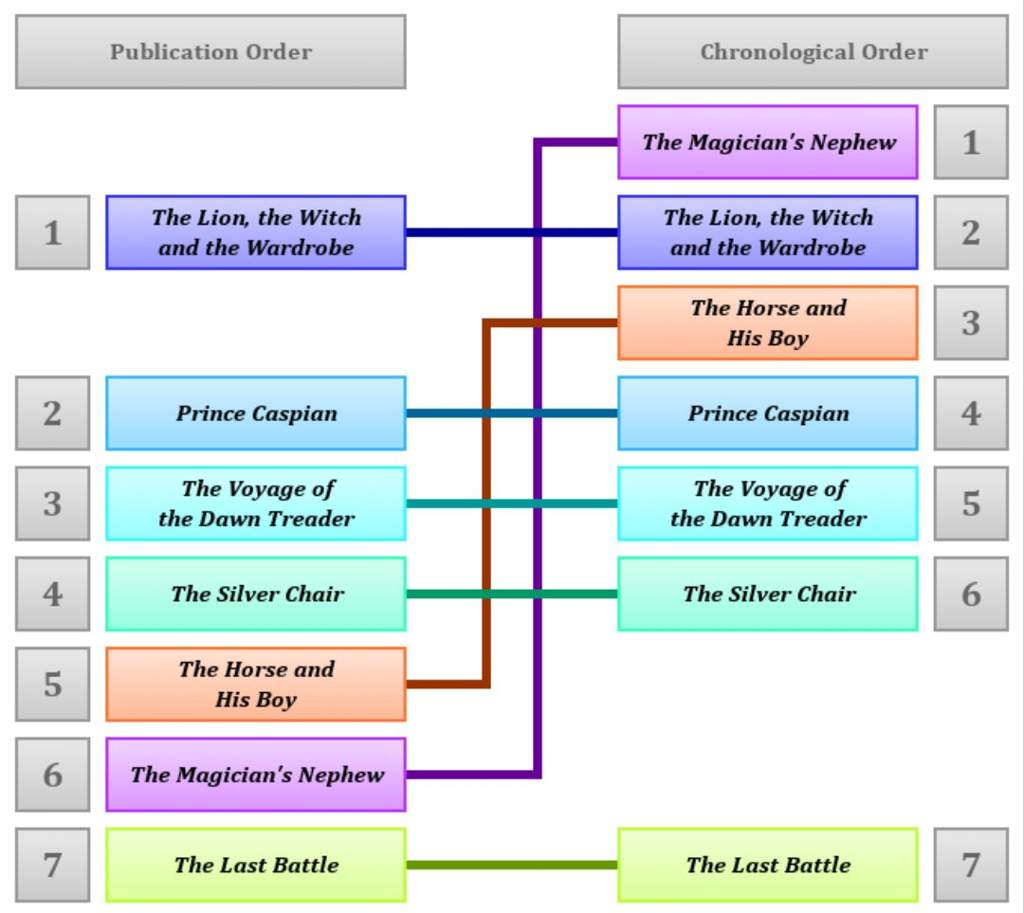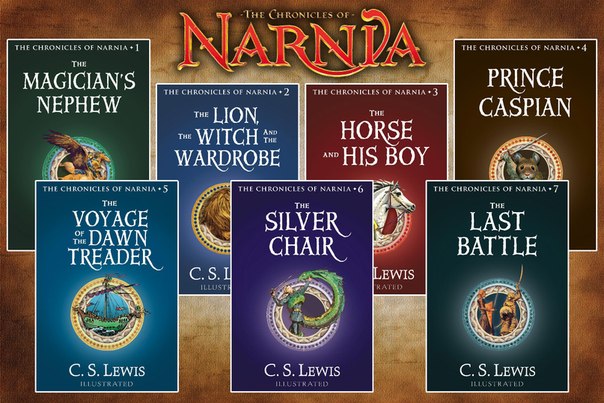

It is probably because of this rather odd starting point that the books arrived in their specific state, written in what some might term as a haphazard manner, in an order somewhat different from how they now appear which, most would agree, does little to disparage the chronological structure of the book that managed to maintain cohesion.

The original structure of The Chronicles of Narnia Series was crafted in 1939, the result of several decades of rumination on the tales that littered Lewis’ childhood though if anyone should take credit for the creation of the series, it would be the Umbrella carrying faun that Lewis envisaged at his 16 years of age, an image that not only stuck with him for the decades to come, but which he eventually decided to develop into a full blown story. The Chronicles of Narnia Series has a pretty powerful place in the realm of children’s literature, its initial publication back in the 1950s setting it apart as a story quite unlike any that had been told to date, one that wasn’t afraid to dip its fingers into the world of religion, not only borrowing from Roman, Persian and Greek cultures the mythological elements that proliferated their stories, but tackling head on the themes of race, gender and equality, creating quite the controversy, and in the process setting itself apart from typical children’s tales. The core of the series revolves around the ultimate battle between good and evil, honing in on the morally crafted challenges that its various characters undertake with the aim of thwarting the forces of evil, reclaiming the line of ancient thrones and riding into battle as the champions of the great Lion Aslan, protector of all that is good within the Narnian realm. The Chronicles of Narnia Series chronicles the creation and destruction of Narnia, a fantastical realm filled with mystical and enchanted animals as well as several wonders of magic, largely narrating the adventures of those children that manage to slip through the veil to this magical land in between its two most crucial points.


The creation of C.S Lewis and arguably his best work, the series has undergone several publications over its many years of popularity, transitioning from the pages of literature to the radio, to TV, even making the leap to stage before finally finding a place in modern films. Speak of children’s classics and The Chronicles of Narnia Series is bound to get a mention, this series of seven volumes having sold over a hundred million copies since its publication in 1950.


 0 kommentar(er)
0 kommentar(er)
